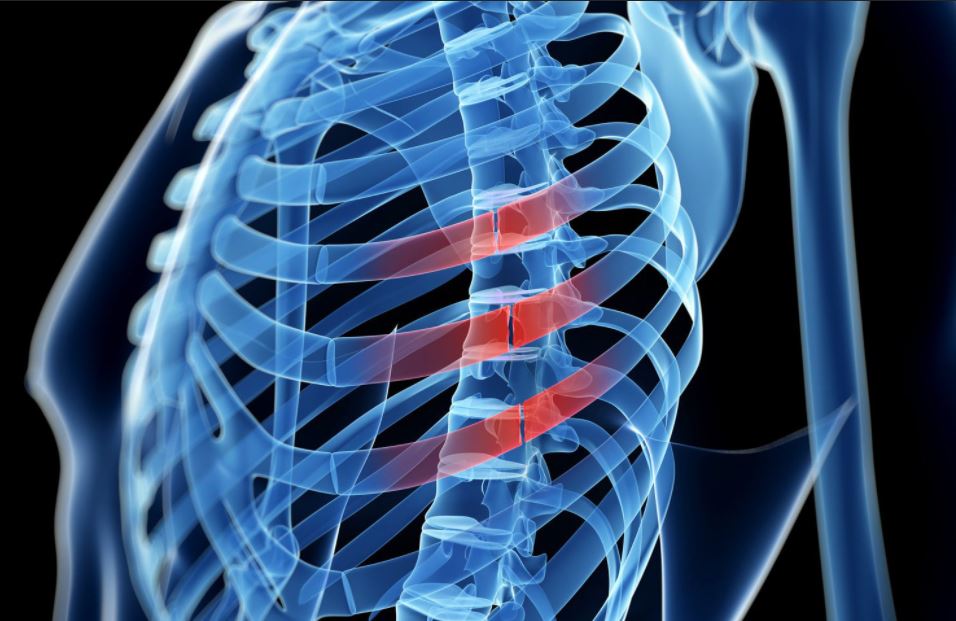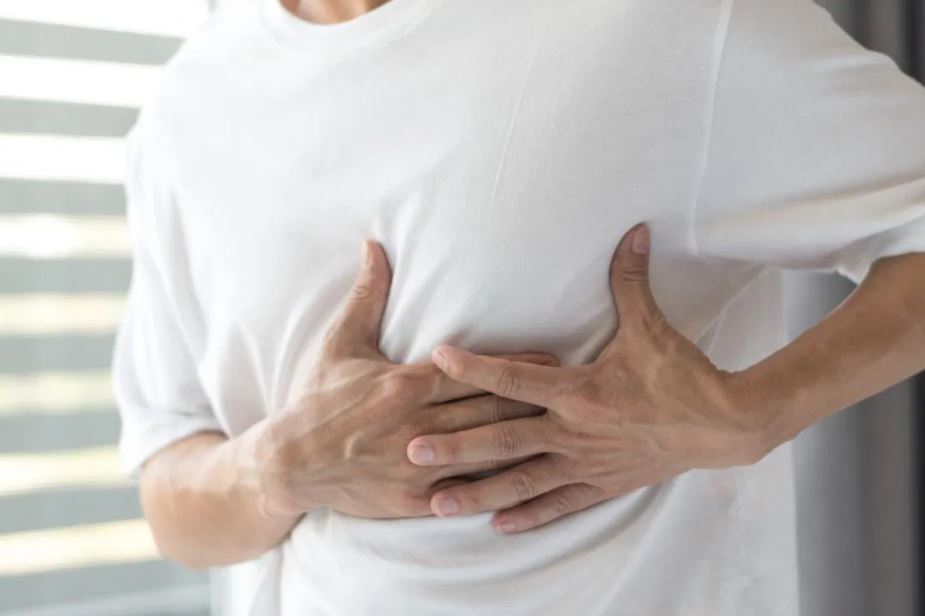
The ribs are 12 flat and curved bones on each side, which together form the rib cage. They are divided into 7 true, 3 false, and 2 floating, which form an arch. The function of the ribs in humans is to protect the internal organs of the thorax, mainly the heart and lungs.
In addition to that, the human ribs aesthetically shape the body. Otherwise, our bodies would have no shape. We must take care of the ribs because it is what protects our vital organs. Rib fractures are among the more common problems you are likely to experience. They are mostly caused by accidents. Typical triggers include falls on edges such as the edge of the bathtub, steps, or the back of a chair.
 Other possible reasons are accidents with cars and bicycles or in contact sports such as soccer, handball, hockey, martial arts, and physical violence such as kicks or punches. Persistent coughing, due to a chronic obstructive pulmonary disease, can also cause a rib fracture. You can also suffer the same due to conditions such as osteoporosis.
Other possible reasons are accidents with cars and bicycles or in contact sports such as soccer, handball, hockey, martial arts, and physical violence such as kicks or punches. Persistent coughing, due to a chronic obstructive pulmonary disease, can also cause a rib fracture. You can also suffer the same due to conditions such as osteoporosis.
There Are Different Types of Fractures:
- Series of ribs fracture: If three or more ribs on top of each other are broken on the same side of the body, doctors speak of a series of ribs fractures.
- Ribeye fracture: In a ribeye fracture, the rib consists of at least two fractions so that the intermediate or the bone fragments move practically free.
- Open fracture: If a fractured end pierces the skin, it is an open fracture.
The majority of those affected suffer a simple, closed rib fracture in which the fragments are stabilized by the surrounding structures and are not shifted against each other. The main characteristic of a broken rib is relatively severe pain, which worsens when you inhale deeply and cough.
How Is a Broken Rib Treated?
 Reconnecting the fragments in one operation is only necessary in sporadic exceptional cases. As a rule, even in serial rib fractures, the bone parts remain stabilized by the periosteum and muscles to such an extent that they hardly move against each other and therefore grow back together by themselves.
Reconnecting the fragments in one operation is only necessary in sporadic exceptional cases. As a rule, even in serial rib fractures, the bone parts remain stabilized by the periosteum and muscles to such an extent that they hardly move against each other and therefore grow back together by themselves.
The alpha and omega of treatment is adequate pain therapy. The patient must be able to breathe in and out deeply and, above all, properly cough up without any problems. Therefore, effective pain relief is significant so that those affected do not fall into shallow breathing. Because then the lungs are insufficiently ventilated, which increases the risk of pneumonia.
Always consult a doctor in the event of a fall on the ribs and subsequent pain. A rib fracture should not be taken lightly. Bandages or plaster casts also impede breathing and are no longer used for this reason.
